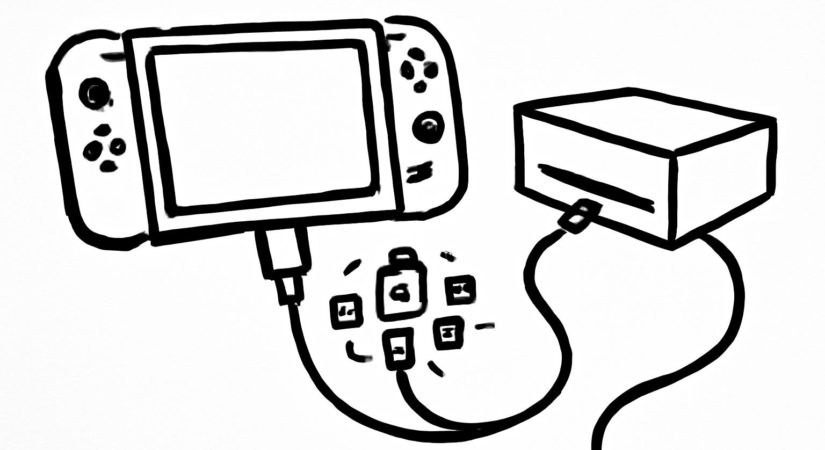Nintendo has intentionally restricted the USB-C port on the Switch 2, disrupting compatibility with third-party docks and video devices. Unlike typical USB-C ports, which use a standardized Power Delivery (PD) protocol for seamless connections, the Switch 2 employs a proprietary encryption scheme requiring specialized authentication.
Accessory makers confirmed to The Verge that the Switch 2 uses vendor-specific encrypted communication, likely involving a dedicated chip, to verify authorized docks. Attempts to connect unapproved devices often fail power negotiation or video output. Testing with the Power-Z USB-C PD analyzer revealed Nintendo’s unique handshake protocol, involving over 30 proprietary messages exchanged before video can activate.
This approach has delayed third-party dock development. Jsaux, known for early Steam Deck docks, paused Switch 2 dock plans due to these restrictions. The issue is not only higher voltage demands but also this added communication lockout.
Among the few third-party solutions, the $36 Antank S3 Max dock mimics Nintendo’s encrypted handshake, enabling compatibility. However, this relies on a specific authentication key, which Nintendo could change via system updates, potentially breaking third-party devices again. Both Jsaux and Antank acknowledge the need for firmware updates to maintain compatibility.
The impact extends beyond large docks to portable options and video glasses like Xreal One, which now require new hardware revisions to function with the Switch 2.
While manufacturers justify these measures as protection against unsafe power supplies and faulty docks that could damage the console, critics argue this undermines the USB-C standard’s universal nature.
Additional concerns involve physical design. The Switch 2 features bottom vents and requires active airflow from its official dock’s internal fan, a setup third-party docks often block. Thermal testing showed third-party docks do not necessarily raise operating temperatures, but vent obstruction remains an issue.
Nintendo declined to comment on the use of encryption or authentication chips. The console supports 15 volts at various current levels, but only recognizes docks offering 20 volts during power delivery negotiation.
Moreover, if a dock cannot maintain sufficient signal quality, the Switch 2 may revert to USB-only mode, disabling video output.
New reports indicate AverMedia has developed compatible Switch 2 docks, with further details pending.
This situation highlights the tension between device security and user flexibility, with Nintendo prioritizing controlled accessory ecosystems at the expense of broader USB-C interoperability.
